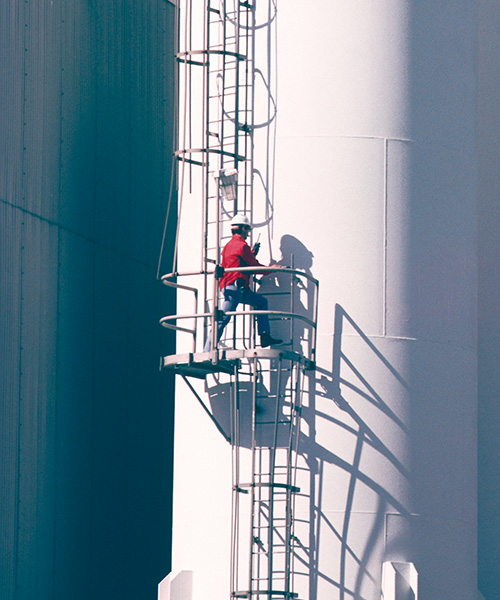July 12, 2023 • 2 min read
Delivering an offshore wind feasibility study for Naturgy
How we helped Naturgy reach new depths in floating offshore wind in its target market, Spain
Spain is well versed in renewable energy from its huge fleet of onshore wind and solar PV farms. But with net-zero targets looming, the power produced onshore isn’t enough anymore. And expansion becomes tricky due to its geological nature.
“Branching out into offshore wind is an option, but the water depths in Spain’s best wind resource areas are generally too deep for a conventional fixed offshore wind farm,” says Jeroen Timmermans, Engineering Manager. “However, deep water is not an issue for a floating offshore wind farm. And that’s why the Spanish government has set a goal to overcome the shortage from onshore wind alone by producing 3GW of energy through floating offshore wind by 2030. That’s enough to power 900,000 homes.”
“Delivering a floating offshore wind project is not unlike a traditional oil and gas project,” explains Timmermans. “Developers face similar challenges and risks whether they’re deciding where to build a new gas or oil field or wind farm. And the climate, environment, and seabed are critical factors in this. So our team featured experts from renewables, conventional oil and gas, and subsea.”
We investigated the physical environment for prospective wind farm sites in Spanish waters and developed a study that focused on floating systems and naval architecture. We analyzed platforms, moorings, and anchoring systems. And advised on high-level cost estimates, too.
Understanding the environment
Exploring possibilities offshore is something we’ve done for decades in the oil and gas industry, and it’s that expertise we drew on as we started working with Naturgy.
“Delivering a floating offshore wind project is not unlike a traditional oil and gas project,” explains Timmermans. “Developers face similar challenges and risks whether they’re deciding where to build a new gas or oil field or wind farm. And the climate, environment, and seabed are critical factors in this. So our team featured experts from renewables, conventional oil and gas, and subsea.”
We investigated the physical environment for prospective wind farm sites in Spanish waters and developed a study that focused on floating systems and naval architecture. We analyzed platforms, moorings, and anchoring systems. And advised on high-level cost estimates, too.
Navigating a rapidly changing industry
The study also assessed new and relevant technologies.
“With floating offshore wind being a relatively new development concept but in high demand, you have to keep your finger on the pulse when it comes to technology,” explains Timmermans. “Studying the current state of floating turbine systems is only part of the story. The real added value is helping Naturgy to understand technical aspects so it can navigate confidently through this rapidly changing industry.”
In our study, we used our own internally developed models to assess the technical feasibility and performance of a wide range of technologies that could be applied when considering the development of a new floating offshore wind farm. This included semi-submersible, SPAR, barge and tension-leg hull shapes.
A helping hand to a more sustainable future
Our feasibility study gives Naturgy a full ranking of floating sub-structure concepts for the sites it is targeting. This will allow it to make informed decisions on pursuing floating offshore wind developments in Spain including which opportunities to chase and which project activities to begin with.
“By advising on where and how to implement a floating offshore farm and the best technologies, we helped Naturgy identify the next steps needed to support Spain’s net-zero goals,” says Timmermans.



